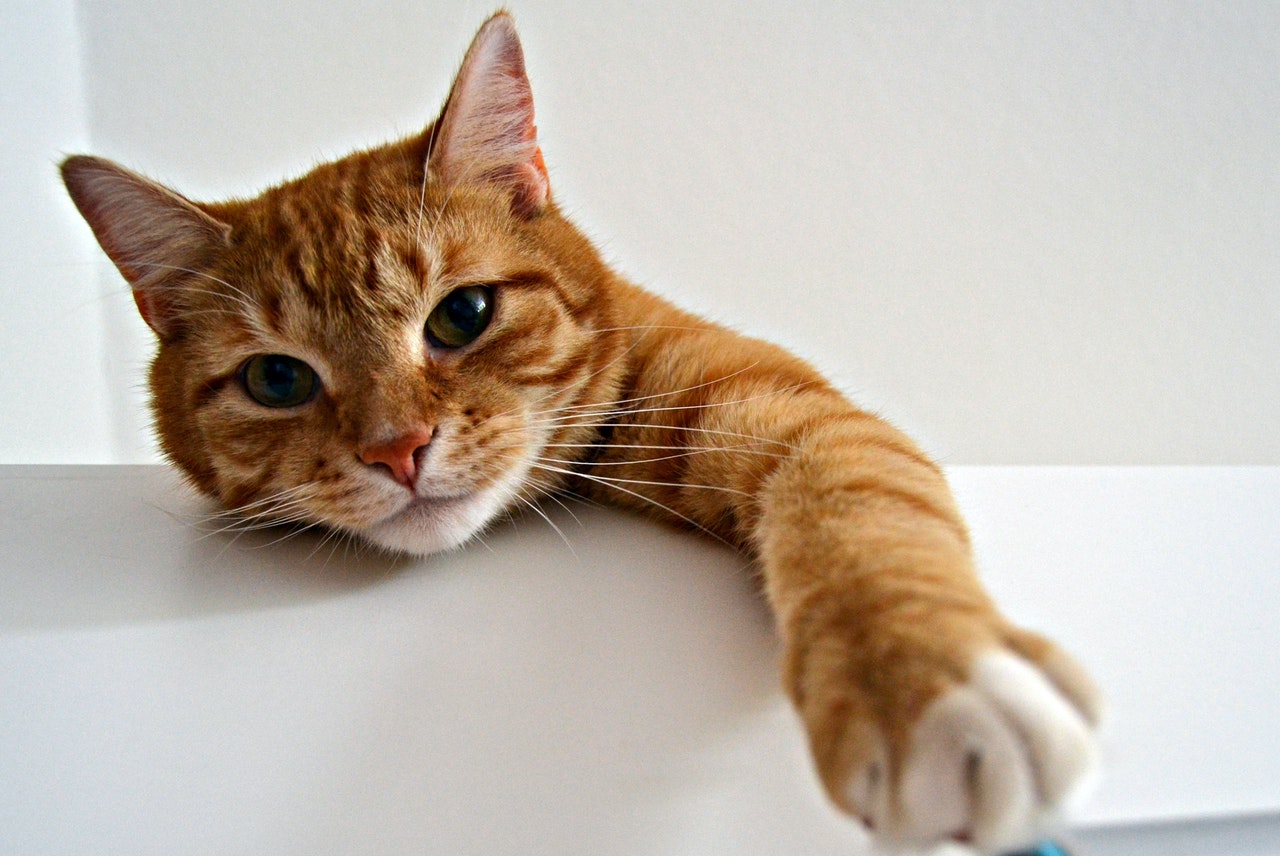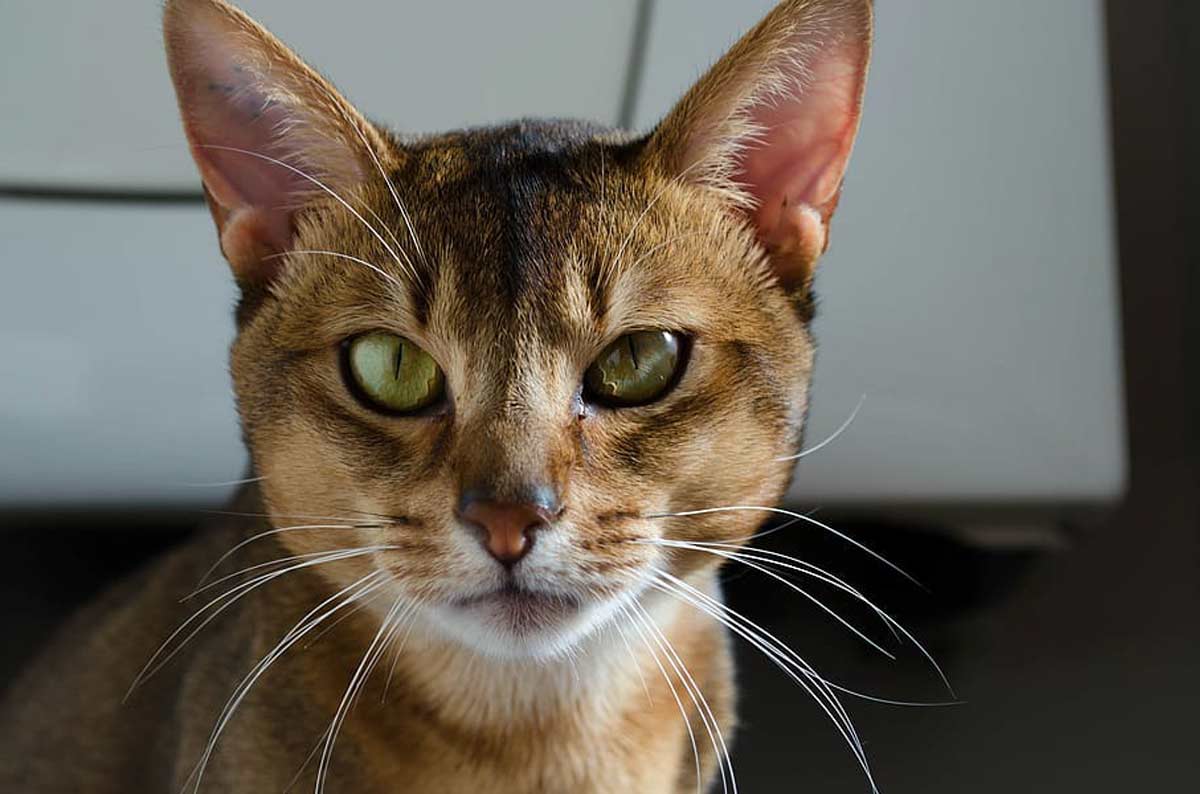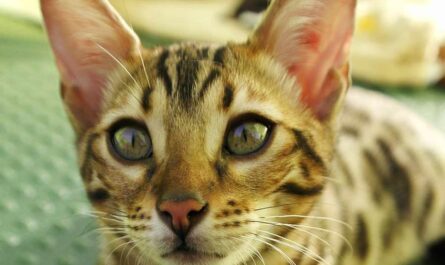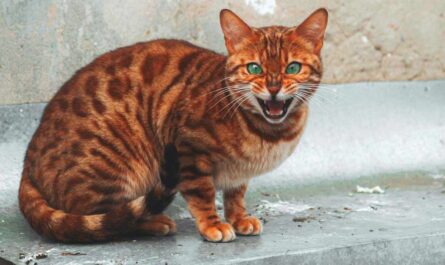Why is my cat making a weird vibrating noise? Ever snuggled up to your feline friend, enjoying a moment of purring contentment, only to be startled by a sudden, strange vibrating noise? You’re not alone! Cats, masters of the unexpected meow, sometimes surprise us with an array of unusual vocalizations, leaving us scratching our heads (and maybe a little worried). But fear not, fellow cat guardians! This symphony of strange sounds isn’t always cause for alarm. In this article, we’ll delve into the fascinating world of feline vibrations, decoding the “whys” behind the “vrrrts” and equipping you to understand your cat’s communication like never before.
Before we dive in, let’s bust a myth: not all vibrations coming from your cat are a cause for concern. Our furry companions have a rich vocabulary of vocalizations, from the familiar purr to the playful chirp, each with its meaning and context. So, before you reach for the emergency vet number, take a deep breath and listen closely. Is the vibration accompanied by other signs, like lethargy or discomfort? Or is it simply a new addition to your cat’s usual repertoire? Understanding the type of noise and the situation can go a long way in deciphering the message your feline friend is trying to convey.
Cats are masters of communication, expressing themselves through meows, purrs, hisses, and even the occasional hairball-hacking cough. But what if your feline friend starts making a strange, vibrating noise you’ve never heard before? It’s natural to worry, but before you panic, let’s explore the possible reasons behind this unusual sound.
Understanding the Vibration
First, try to pinpoint the type of noise. Is it a continuous hum, a rapid trill, or a sporadic squeak? Does it occur during specific activities like eating, playing, or using the litter box? Recording the noise and noting any relevant observations can be helpful for your veterinarian.
Common Causes of Vibrating Noises
- Purring: While typically associated with contentment, purring can sometimes have an unusual vibration under certain circumstances, like when your cat is in pain or stressed. Observe their body language for other clues.
- Respiratory issues: Difficulty breathing can cause rattling or wheezing sounds. If your cat seems lethargic, has labored breathing, or exhibits open-mouthed breathing, seek immediate veterinary attention.
- Dental problems: Loose teeth or inflamed gums can cause clicking or chattering noises while eating or grooming.
- Digestive issues: Gurgling sounds might indicate stomach upset or constipation. Monitor their appetite and litter box habits.
- Upper respiratory infections: Sneezing, sniffling, and congested breathing can lead to vibrating noises.
The most common types of non-concerning vibrations
Now, let’s explore the most common types of non-concerning vibrations you might encounter:
- The Purrfect Rumble: Ah, the classic purr, a sound synonymous with feline contentment. This low, rhythmic vibration originates from the cat’s larynx and diaphragm and usually indicates happiness, relaxation, or even anticipation of a yummy treat. So, if your cat vibrates while nestled on your lap, chances are they’re purrfectly content with your company.
- Trilling Tales: This high-pitched, rapid vibration often sounds like a bird’s chirp or a miniature motorboat. Unlike the purr, trilling usually expresses excitement or anticipation, often directed at birds outside the window or a particularly enticing toy. It’s like your cat’s internal “woohoo!” for something they find fascinating.
- Chattering Chatterboxes: This rapid series of short, high-pitched chirps creates a distinct “brrrt” sound, often accompanied by an intense gaze and twitching tail. While the exact meaning is debated, chattering is thought to be linked to hunting instincts or excitement directed at potential prey (like that feathery toy dangling just out of reach).
Understanding the anatomy behind these vibrations can also offer some insight. A cat’s vocal cords, similar to ours, vibrate to produce sound. But unlike humans, they have additional muscles that allow for more rapid and diverse vocalizations. This explains the wide range of purrs, chirps, and even trills that make up their unique communication repertoire.
So, the next time your cat surprises you with a strange vibrating noise, remember – it’s not always a cause for concern. By considering the type of noise, the context, and your cat’s overall behavior, you can become a pro at deciphering their unique language and enjoy an even deeper connection with your furry friend.
Stay tuned for the next part of this article, where we’ll delve into the less common, potentially concerning vibrations and how to identify when a trip to the vet might be necessary. Remember, a happy meow is a healthy meow, and understanding your cat’s communication is key to ensuring their well-being!
When to Worry: Delving into Unusual Vibrations
First things first, let’s identify the exact culprit. Vibrating noises can encompass a range of sounds, from high-pitched whines to deep growls or even a strange rattling sensation. Pay close attention to the specific characteristics:
- Pitch: Is it a high whine, a low rumble, or something in between?
- Duration: Is it a brief blip or a continuous vibration?
- Context: Did it occur during playtime, while eating, or out of the blue?
Observing your cat’s body language and the surrounding situation can offer valuable clues. Are they relaxed and playful, or tense and anxious? Is there anything new in their environment causing stress? Remember, cats are masters of nonverbal communication, so watch their posture, tail position, and facial expressions.
Now, let’s address the potential causes:
Medical explanations: While we often associate strange noises with behavioral issues, sometimes, there might be an underlying medical concern. Respiratory issues, dental problems, or even neurological disorders can manifest as unusual vocalizations. If your cat exhibits other symptoms like lethargy, difficulty breathing, or excessive drooling, consulting your veterinarian is crucial.
Behavioral triggers: Don’t underestimate the power of feline emotions! Stress, anxiety, or discomfort can manifest as unusual vocalizations, including vibrations. Did your cat just encounter a new pet, experience a loud noise, or feel ignored for too long? Identifying potential stressors can help address the root cause of the vocalization.
Case Studies: Unveiling the Mysteries
To bring this to life, let’s delve into some real-life scenarios:
Case 1: The Stressed Symphony: Oliver, a timid cat, starts making a continuous rattling noise while hiding under the bed during a noisy thunderstorm. His fur is bristled, and he avoids eye contact. This points to fear and anxiety caused by the loud noises. Providing a quiet hiding spot, diffusing calming pheromones, and gradually introducing him to milder sounds over time can help manage his stress and reduce his vocalizations. How AI, ChatGPT maximizes earnings of many people in minutes
Case 2: The Playful Rumble: Luna, a mischievous kitten, loves chasing feathered toys. During a particularly intense play session, her owner hears a deep, vibrating growl. Observing Luna, they see her playfully stalking the toy, tail high, eyes wide with excitement. The verdict? This “growl” is simply an enthusiastic play vocalization, a sign of intense feline fun.
Case 3: The Purring Paradox: Whiskers, a normally laid-back cat, suddenly starts making a high-pitched vibrating noise while eating. Concerned, his owner notices slight difficulty chewing and excessive drooling. A trip to the vet reveals a cracked tooth causing discomfort. The solution? A dental procedure alleviates the pain, and Whiskers returns to his happy, silent self (except for the occasional contented purr, of course).
Remember: While these case studies offer insights, every cat is unique. If your furry friend’s vibrating noises persist, worsen, or are accompanied by other concerning symptoms, consulting your veterinarian is always the safest and most responsible course of action. They can provide a definitive diagnosis and recommend appropriate treatment or management strategies. Motivation – Mind – Success – Thinking – Productivity – Happiness
By understanding the potential causes and observing your cat’s behavior, you can better detect their unique communication style. Soon, those vibrating noises might not sound so strange anymore, but simply another chapter in the fascinating story of your cat’s personality. After all, isn’t that what being a cat owner is all about – appreciating their quirks and deciphering their unique language of love (and sometimes, strange noises)?

Taking Action: When and How to Seek Help
While some vibrating noises might be harmless, certain red flags necessitate immediate veterinary attention:
- Difficulty breathing: Rapid or shallow breathing, open-mouthed breathing, or blue gums are emergencies. Business – Money Making – Marketing – E-commerce
- Excessive drooling: This can indicate nausea, pain, or dental issues.
- Lethargy or sudden weakness: A significant decrease in activity could signal a serious health problem.
If you’re concerned, schedule a vet appointment. Record the noise if possible and note any behavioral changes, appetite fluctuations, or litter box abnormalities. Be prepared to describe the noise, its frequency, and the context in which it occurs. Remember, you’re your cat’s advocate, so ask informed questions and express your concerns clearly.
Beyond Diagnosis: Managing Unusual Vibrations
Once the cause is identified, your veterinarian will recommend the appropriate treatment plan. For medical conditions, following their instructions and completing the prescribed medications are crucial. Health books, guides, exercises, habits, Diets, and more
Even for non-medical causes, managing stress and anxiety can help reduce vocalizations. Create a calm environment with hiding spots, pheromone diffusers, and enrichment activities like puzzle feeders or interactive toys.
Remember, positive reinforcement is key. Reward calm behavior with treats, praise, or playtime to discourage unwanted vocalizations. Avoid punishment, as it can create fear and worsen the problem.
Your cat, usually the picture of feline grace, suddenly erupts in a rapid-fire barrage of strange, vibrating chirps. You raise an eyebrow, a mix of amusement and concern washing over you. What on earth is that sound, and what does it mean?
Relax, dear pet parent, the answer isn’t an impending alien invasion or your cat channeling their inner opera singer. The culprit behind this unusual vocalization is likely the fascinating phenomenon known as chattering. Fitness – Meditation – Diet – Weight Loss – Healthy Living – Yoga
While the science behind it isn’t fully understood, chattering is thought to be a form of feline communication, a way for your cat to express excitement, anticipation, or even frustration. But deciphering its exact meaning requires delving deeper into your cat’s personality and the context of the situation.
The Gift of Understanding: Living in Harmony with Your Vibrating Cat
Instead of seeing these unusual noises as mere oddities, let’s reframe them as opportunities to strengthen your bond with your feline friend. By understanding their chatter, you gain a window into their emotional world, allowing you to respond more effectively to their needs and desires. RPM 3.0 – 60% CONVERSION & Money for Affiliate Marketing
Here are some tips to unlock the secrets of your cat’s chattering symphony:
- Observe, observe, observe: Pay close attention to your cat’s body language and the situation surrounding the chatter. Are they crouched low, fixated on a bird outside the window? Or perhaps sprawled out contentedly, chirping at a passing butterfly? These visual cues offer valuable clues to their emotional state.
- Remember, context is king: A low, drawn-out chirp might indicate a playful greeting, while a series of staccato bursts could signal frustration at an inaccessible toy. Consider the trigger and duration of the chatter to gain further insight.
- Embrace positive reinforcement: Reward calm and desired behaviors with treats, praise, or petting. This not only strengthens your bond but also encourages positive communication strategies.
- Build trust and communication: Spend quality time with your cat, engaging in interactive play sessions and offering gentle affection. The more comfortable and secure they feel, the more likely they are to communicate openly with you. Cat accessories on Amazon
The Key Takeaway
While unexpected noises can be alarming, understanding the potential causes and knowing when to seek help empowers you to ensure your cat’s well-being. With patience, observation, and veterinary guidance, you can decipher the meaning behind your cat’s unique “meow-sic” and foster a harmonious relationship built on purrs, not vibrations.
Other Interesting Articles
- How to Stop A Cat from Spraying after Neutering: 11 Tips
- How to Tell if A Cat is in Pain from Arthritis: How to Help
- 14 Reasons Why Is My Cat Making Weird Purring Noises
- How to Take Care of A Kitten without A Mother: 21 Tips
- What Is Caterwauling? 10 Most Common Reasons Cats Do It
- How to Introduce A Cat To A New Home When Moving?
- Cat Declawing: Tips, FAQs, Health, Alternatives, Pros, Cons
- New Cat? 20 Common Warning Signs When Introducing Cats
- 23 Sure Signs Your Cat May Be in Pain and How to Help It
- How to Stop A Neutered Cat From Spraying: 15 Simple Tips
- 12 Signs Your Cat May Require a Feline Companion
- Feline Pheromones: 12 Ways Calming Cat Pheromones Work
- Do Cats Feel Lonely without Other Cats? 6 Signs of Loneliness
- 10 Reasons Why Cats Hiss: How To Stop The Behavior
- Cat Feeding: Tips, Guide, FAQs, Chart for Kittens to Veterans
- Cat Vaccinations: Schedule, FAQs, Side Effects, and Costs
- 44 Strange, Weird, and Random Cat Behaviors Explained
- 21 Pro Tips for Fostering Kittens: Essential Care Guide
- 18 Cat Sounds Your Feline Makes: What They Mean
- Sexing Kittens: How to Tell, Determine the Sex of Your Kitten



